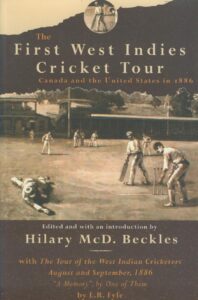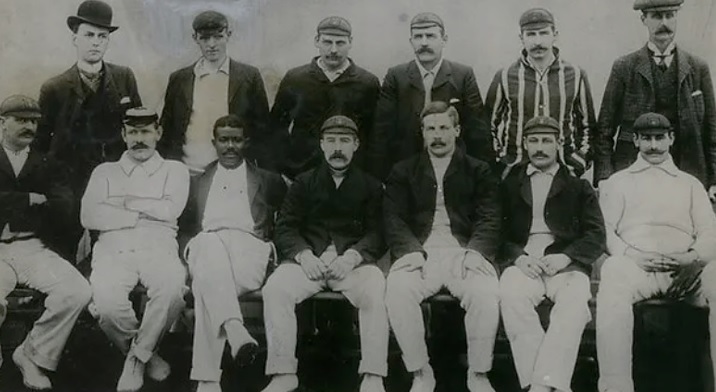It’s been largely accepted that cricket’s first international match in cricket history wasn’t one between England and Australia. History now reflects that first history-making international match happened in North America. And the impromptu outing between the United States and Canada was put together as an apparent joke.
A little backstory. One night in the 1840s, an imposter calling himself as Mr. Phillpotts walked into an American pub. No, it’s not a joke. Phillpotts then conned a bunch of drunk, local New Englander cricketers into a match in Toronto. Once the agreement was made, Mr. Phillpotts vanished.
The problem with his arrangement was that no one on the home team knew what was going on. Imagine the Canadian cricketers surprise when a bunch of random Americans showed up to their clubhouse. A drunken team with gear in hand and expecting a place to crash for a week. Interestingly enough, the identity of the mysterious Mr. Phillpotts has never been uncovered.
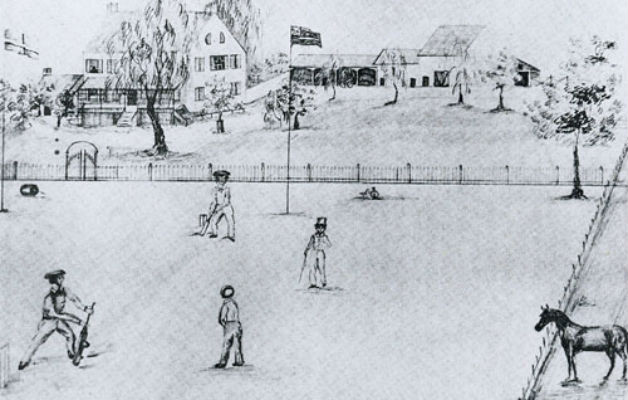
The West Indies Get in on the New Cricket Craze
By the time the 1880s rolled around, cricket was increasing in popularity. But it seemed to only attract wealthy white men at the time who didn’t do much manual labor. And, not coincidentally, matches were slow and boring. And, although there were quite a few interesting newsworthy stories during that period (this one involving Jack the Ripper is particularly intriguing), not much is made North American cricket during this time.
So, when the West Indies decided to get into the North American cricket craze and head out on their first international tour to American and Canada during the dog days of summer in 1886, it should come as no surprise that their uneventful excursion has been all but lost to history.
But perhaps the time has come to dust off the history books. Maybe it’s time to take a deeper look into exactly why that first Caribbean touring team is so remarkably forgettable. Regardless of how yawn-inspiring North American cricket was in the 1800s, there must be a reason that such a storied team as the Windies completely ignores that first 1886 international tour nearly a century and a half ago.
Spoiler alert. The first West Indies touring squad was a bunch of wealthy plantation owners from the cocoa and sugar trade.
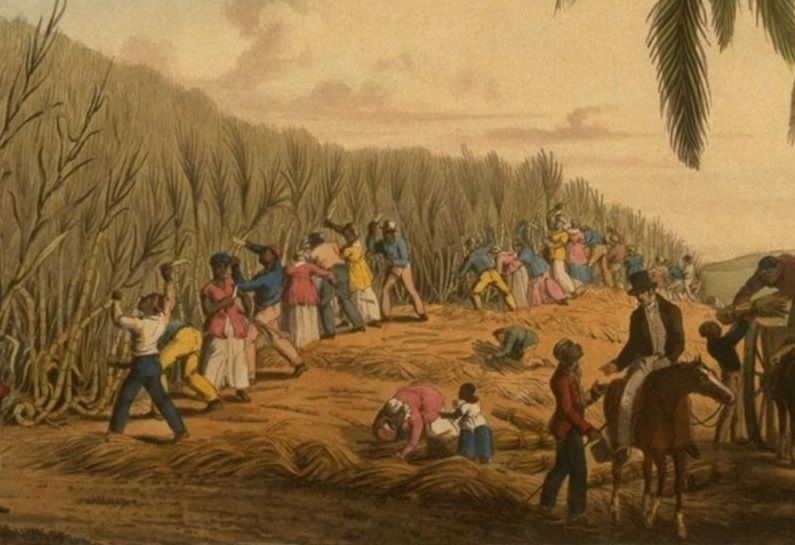
‘A Memory’, by One of Them
It all started with a dream and $1265 split fourteen ways ($90.35 each). That’s how much it cost the trendsetting 1886 West Indies cricket squad to sail to New England and Eastern Canada for a thirteen-match tour in the early fall of that year.
The confederacy of islands required players to launch from the three different territories of Jamaica, Barbados, and Demerara (now Guyana). Since members of the West Indies squad took separate ships (with separate arrival dates), one could imagine the confusion those early games caused while the early arrivers waited days for the rest of their team to make land.
Fortunately for the sake of history, team co-captain Laurence R. Fyfe of Jamaica kept a journal of his team’s tour. His chronicle was blandly titled The Tour of the West Indian Cricketers August and September 1886 “A Memory”, by One of Them; and entertaining it was not.
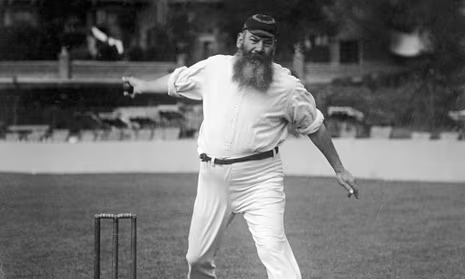
History is Written by the Hungry
There are no exciting stories of mid-game heart attacks, shady confidence men, or even a mysterious Mr. Phillpotts. Instead, Laurence R. Fyfe seemed just as interested in post-game suppers as he was in keeping meticulous score of every run of every game.
To get a “taste” of his passion for post-match dinners, Fyfe writes hard on one meal in particular, describing it as consisting first of turtle soup that is followed by a chicken and fish serving. After that, he mentions something called a releve (which is a well-seasoned meat). Then, in consecutive order came the vegetables, an entree, and a dessert. It’s a wonder how someone could even play cricket the next morning after eating dinners that enormous for four straight days.
After this tour, sadly, Mr. L.R. Fyfe all but disappears from the annals of cricket history. It turns out, his real passion was writing really boring stuff. We can only hope that he eventually followed his one true calling and became a newspaper food critic.
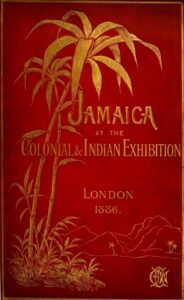
What Really Happened with That First West Indies Tour of 1886
Some in depth research reveals the real reason for this cricket tour being left in the past. And, basically, it’s because everyone on that first touring West Indies team just really, really sucked. Aside from Charles Guy Austin Wyatt and William Farquharson (more on him later), no real player of any considerable worth was part of any significant cricket series outside of this inaugural international tour.
When taking an honest look at that 1886 tour, it becomes quickly apparent why it’s not considered part of West Indies cricket history. Comparing this outing to modern sports, this squad would be more akin to a bunch of CEOs using their money and influence to play some minor league athletes in a series of flag football games. Seriously.
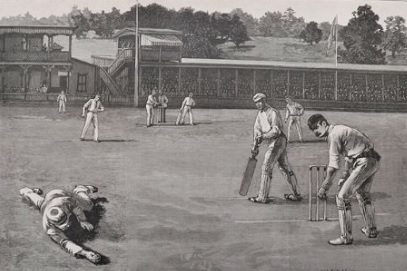
The First Inter-Colonial Tournament Changes Everything
To be truly honest, it would be best if the real history of West Indies cricket began with the first Inter-Colonial Tournament in 1891. That event, it seems, kicked off the real growth of West Indies cricket. Three territories competed in this highly competitive biennial series that ultimately grew the development and popularity of the game.
Those first three nations of the 1891 tournament included Barbados, Trinidad & Tobago, and the coastal mainland nation of Demerara. Jamaica would never join the tournament as travel seemed too expensive at the time for its lower-income island cricketers.
As interest in cricket grew in the Caribbean, the West Indies soon found themselves hosting international matches as well. We can only hope catering for those events was provided by the L.R. Fyfe Food & Writing Co. Regardless of who provided the post-match meals, two amateur English tours made their way to the Caribbean in 1895 and 1897, respectively.

A Who’s Who (Literally) of Early West Indies Cricketers
A decade after that atrocious 1886 international tour concluded, it seems that of those original members in that inaugural touring squad, only William Farquharson participated in any matches against those visiting Englishmen. This made the rest of that 1886 team less than amateurs. It made them moot.
In fact, aside from William Farquharson, only Charles Wyatt played any other formal matches after 1886 when he participated in that inaugural Inter-Colonial Tournament in 1891. For reasons lost to time, he then promptly retired from cricket that same year after competing in only six official career matches.
Wyatt finished his career with a batting average of 7.80 runs per game and never took a wicket. He was the best “professional” player from that 1886 touring squad.
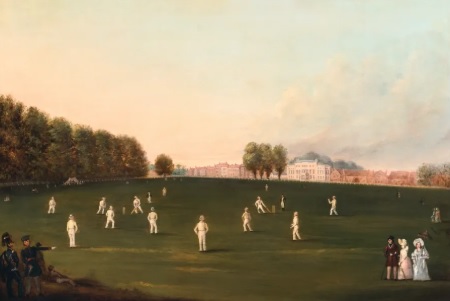
Including Black Athletes Well Before the Rest of the World
Unquestionably, one of the most important years in the growth of West Indies cricket from a historical aspect was 1897. That was this year black players were allowed to participate in the Inter-Colonial Tournament. Two black stars named Charles Ollivierre and Lebrun Constantine participated in that first English tour in 1895 and led the way for change in the Caribbean well before the rest of the world followed suit.
It’s hard to imagine that black athletes played alongside their white peers as early as the nineteenth century. But this open integration so early on in world history is what is truly amazing about West Indies cricket history and what we all should actually be talking about.
At first, several white players refused to participate in the 1897 Inter-Colonial Tournament as was expected at the time. But their opinions quickly shifted after an all-black squad won the Barbados Challenge Cup that same year. That team appropriately dubbed themselves Spartan, and they defeated a segregated, whites-only squad that year paving the way for the West Indies team we’ve come to understand today.
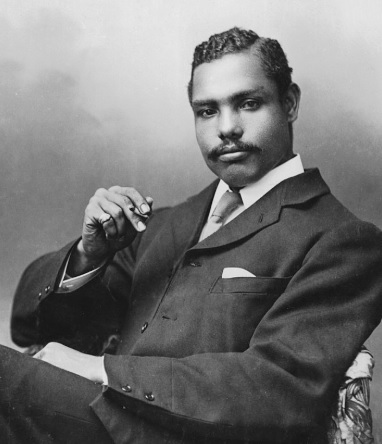
When West Indies Cricket Was Forged
The year 1897 also saw the formation of the first-ever combined West Indies team. This major event should easily be considered the single most important moment in early Windies cricket history. That year, English cricketer Arthur Priestley brought 12 cricketers with him to the Caribbean. Known as A.A. Priestley’s XI (plus one, apparently), the squad planned nine professional first-class cricket matches in the collective Caribbean islands.
The Englishmen played two games against Barbados and that series was split 1-1. The following three games against Jamaica finished up as a clean sweep for Priestley’s XI. Both the Barbados and Jamaica squads were all-white.
In the next two games against Trinidad and Tobago, black players Lebrun Constantine, Archie Cumberbatch, and Joseph Float Woods all represented the Caribbean. Priestly’s visiting English team lost both of those games. Finally, there came a match between Priestley’s XI and – for the first time ever – a combined West Indies team consisting of the Caribbean’s best players.
That first ever combined West Indies squad included both Constantine and Woods. The West Indies would take the win against Priestley’s XI by three wickets. No one from that 1886 tour would participate in that historic victory.
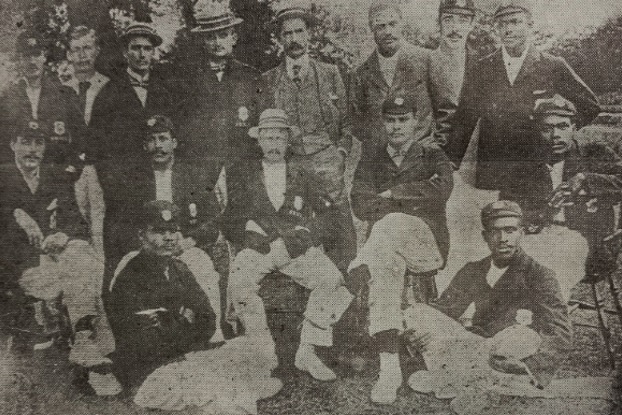
In Conclusion
Interestingly enough, William Farquharson would represent Jamaica in that 1897 Priestley tour. Jamaica would lose their first match by an innings and three runs. Their second match was a loss by 10 wickets. And their final match was another beating, this time by an innings and 15 runs.
It seems no player from that 1886 international tour of North America would play either with or against a black West Indies cricketer or even make a dent in history for that matter. And because of that, it seems leaving L.R. Fyfe and his “memory” in the past is probably for the best.
You can read more about the first West Indies cricket tour by reading The First West Indies Cricket Tour: Canada and the United States in 1886 by Hilary McD. Beckles. Fyfe fans will be pleased to know that the work also includes his The Tour of the West Indian Cricketers August and September 1886 “A Memory”, by One of Them at no additional cost.
